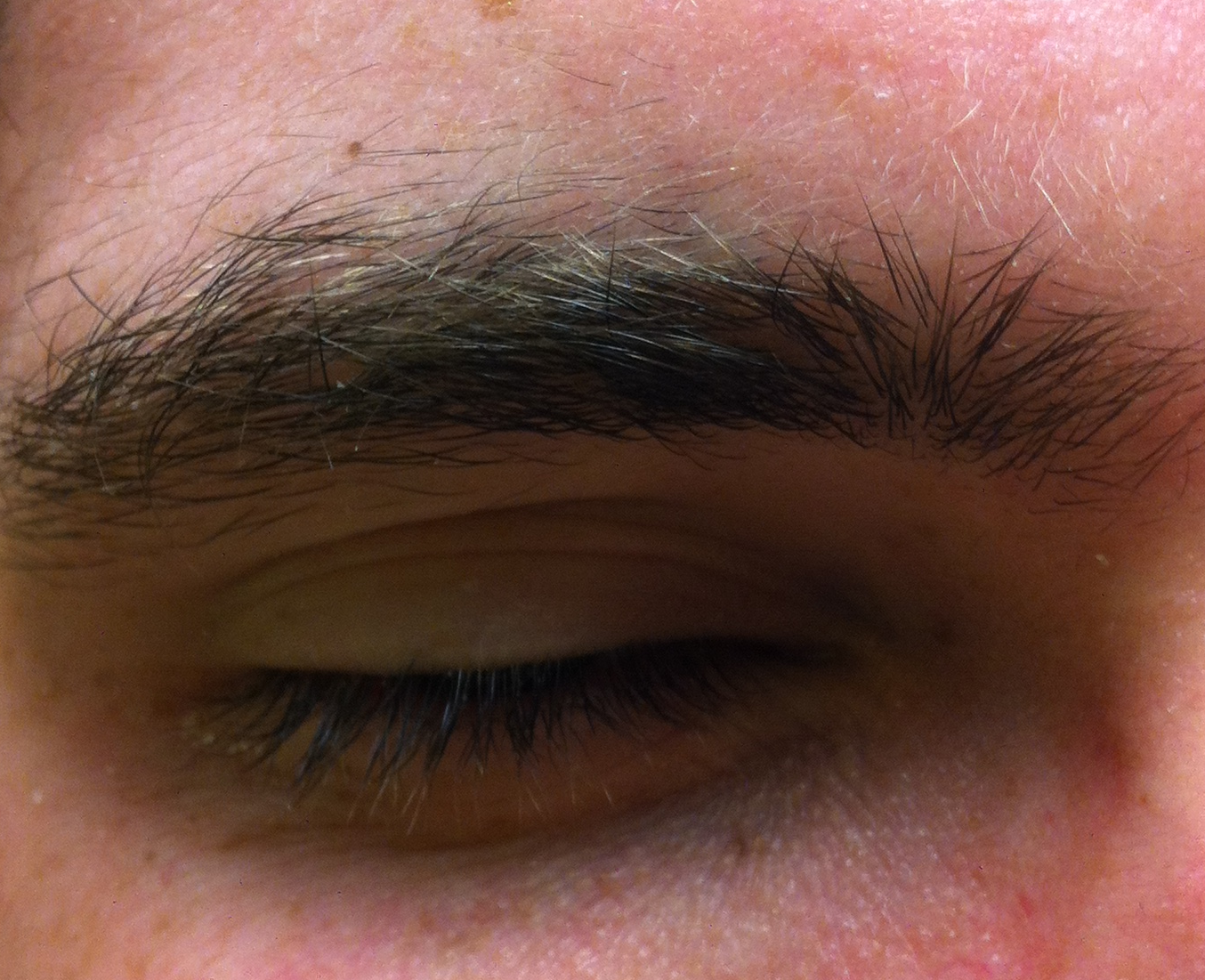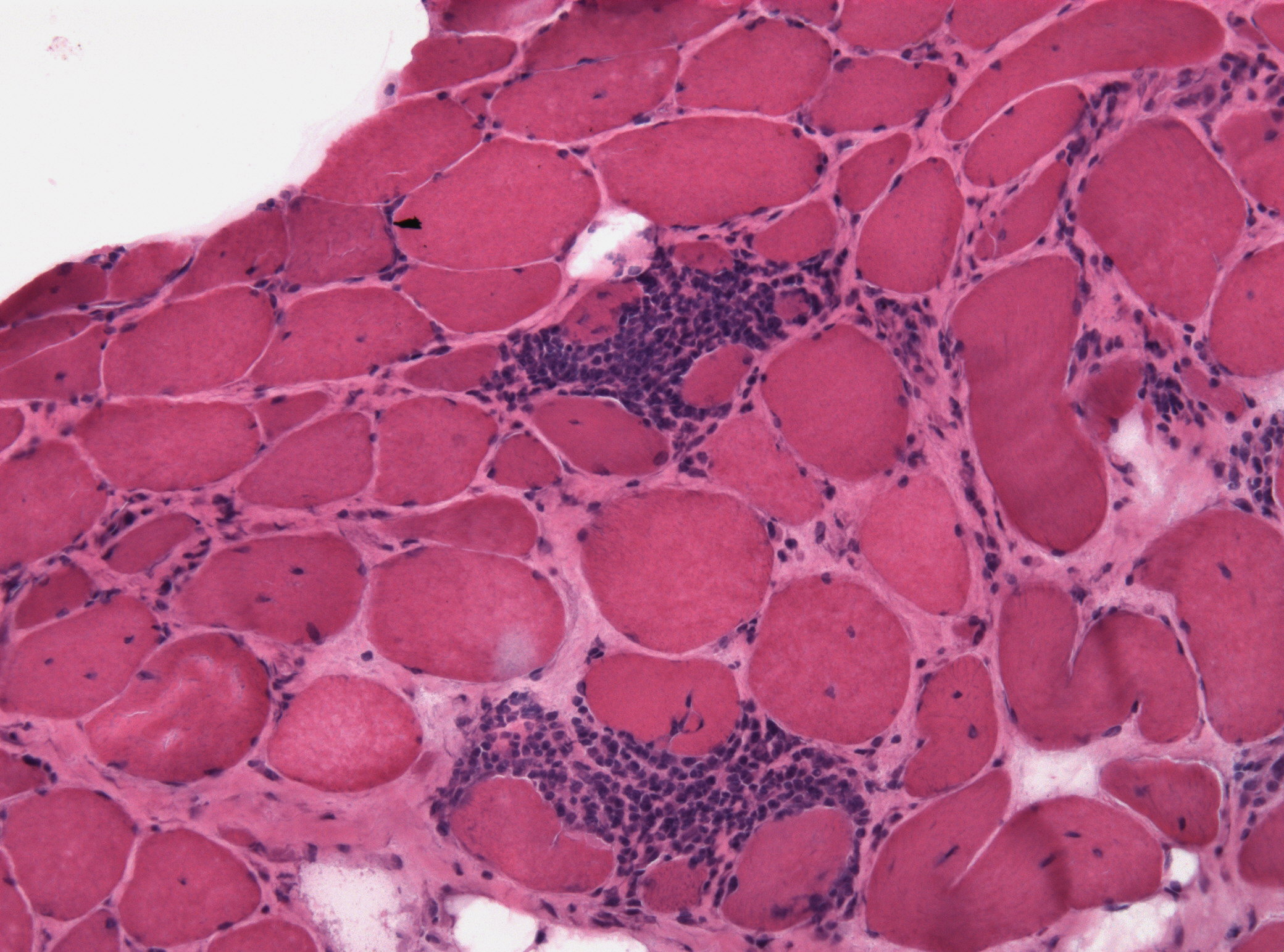|
Weariness
Fatigue describes a state of tiredness that does not resolve with rest or sleep. In general usage, fatigue is synonymous with extreme tiredness or exhaustion that normally follows prolonged physical or mental activity. When it does not resolve after rest or sleep, or occurs independently of physical or mental exertion, it may be a symptom of a medical condition that may become severe or progressive. Fatigue can be a feature of a mental disorder such as depression; may be associated with conditions of chronic pain such as fibromyalgia; it may also feature in conditions of chronic low-level inflammation, and be a disease-related symptom in many other conditions. Fatigue often has no known cause, and is recognised as being very complex in nature. Fatigability describes a susceptibility to fatigue. Physical fatigue results from muscle fatigue brought about by intense physical activity. Mental fatigue results from prolonged periods of cognitive activity which impairs cognitive abi ... [...More Info...] [...Related Items...] OR: [Wikipedia] [Google] [Baidu] |
Motor Neuron
A motor neuron (or motoneuron or efferent neuron) is a neuron whose cell body is located in the motor cortex, brainstem or the spinal cord, and whose axon (fiber) projects to the spinal cord or outside of the spinal cord to directly or indirectly control effector organs, mainly muscles and glands. There are two types of motor neuron – upper motor neurons and lower motor neurons. Axons from upper motor neurons synapse onto interneurons in the spinal cord and occasionally directly onto lower motor neurons. The axons from the lower motor neurons are efferent nerve fibers that carry signals from the spinal cord to the effectors. Types of lower motor neurons are alpha motor neurons, beta motor neurons, and gamma motor neurons. A single motor neuron may innervate many muscle fibres and a muscle fibre can undergo many action potentials in the time taken for a single muscle twitch. Innervation takes place at a neuromuscular junction and twitches can become superimposed as a resu ... [...More Info...] [...Related Items...] OR: [Wikipedia] [Google] [Baidu] |
Reticular Activating System
The reticular formation is a set of interconnected nuclei that are located throughout the brainstem. It is not anatomically well defined, because it includes neurons located in different parts of the brain. The neurons of the reticular formation make up a complex set of networks in the core of the brainstem that extend from the upper part of the midbrain to the lower part of the medulla oblongata. The reticular formation includes ascending pathways to the cortex in the ascending reticular activating system (ARAS) and descending pathways to the spinal cord via the reticulospinal tracts. Neurons of the reticular formation, particularly those of the ascending reticular activating system, play a crucial role in maintaining behavioral arousal and consciousness. The overall functions of the reticular formation are modulatory and premotor, involving somatic motor control, cardiovascular control, pain modulation, sleep and consciousness, and habituation. The modulatory functions are p ... [...More Info...] [...Related Items...] OR: [Wikipedia] [Google] [Baidu] |
Perception
Perception () is the organization, identification, and interpretation of sensory information in order to represent and understand the presented information or environment. All perception involves signals that go through the nervous system, which in turn result from physical or chemical stimulation of the sensory system.Goldstein (2009) pp. 5–7 Vision involves light striking the retina of the eye; smell is mediated by odor molecules; and hearing involves pressure waves. Perception is not only the passive receipt of these signals, but it is also shaped by the recipient's learning, memory, expectation, and attention. Gregory, Richard. "Perception" in Gregory, Zangwill (1987) pp. 598–601. Sensory input is a process that transforms this low-level information to higher-level information (e.g., extracts shapes for object recognition). The process that follows connects a person's concepts and expectations (or knowledge), restorative and selective mechanisms (such as ... [...More Info...] [...Related Items...] OR: [Wikipedia] [Google] [Baidu] |
Neurocognitive
Neurocognitive functions are cognitive functions closely linked to the function of particular areas, neural pathways, or cortical networks in the brain, ultimately served by the substrate of the brain's neurological matrix (i.e. at the cellular and molecular level). Therefore, their understanding is closely linked to the practice of neuropsychology and cognitive neuroscience, two disciplines that broadly seek to understand how the structure and function of the brain relate to cognition and behaviour. A neurocognitive deficit is a reduction or impairment of cognitive function in one of these areas, but particularly when physical changes can be seen to have occurred in the brain, such as aging related physiological changes or after neurological illness, mental illness, drug use, or brain injury. A clinical neuropsychologist may specialise in using neuropsychological tests to detect and understand such deficits, and may be involved in the rehabilitation of an affected person. The ... [...More Info...] [...Related Items...] OR: [Wikipedia] [Google] [Baidu] |
Microsleep
A microsleep is a sudden temporary episode of sleep or drowsiness which may last for a few seconds where an individual fails to respond to some arbitrary sensory input and becomes unconscious.International Classification of Sleep Disorders, , page 343Poudel, G. R., Innes, C. R., Bones, P. J., Watts, R., & Jones, R. D. (2012) Losing the struggle to stay awake: Divergent thalamic and cortical activity during microsleeps. Human Brain Mapping: 00:000-000 MSs occur when an individual loses and regains awareness after a brief lapse in consciousness, often without warning, or when there are sudden shifts between states of wakefulness and sleep. In behavioural terms, MSs may manifest as droopy eyes, slow eyelid-closure, and head nodding. In electrical terms, microsleeps are often classified as a shift in electroencephalography (EEG) during which 4–7 Hz (theta wave) activity replaces the waking 8–13 Hz (alpha wave) background rhythm. MSs frequently occur as a result of slee ... [...More Info...] [...Related Items...] OR: [Wikipedia] [Google] [Baidu] |
Level Of Consciousness
An altered level of consciousness is any measure of arousal other than normal. Level of consciousness (LOC) is a measurement of a person's arousability and responsiveness to stimuli from the environment. A mildly depressed level of consciousness or alertness may be classed as lethargy; someone in this state can be aroused with little difficulty. People who are obtunded have a more depressed level of consciousness and cannot be fully aroused. Those who are not able to be aroused from a sleep-like state are said to be stuporous. Coma is the inability to make any purposeful response. Scales such as the Glasgow coma scale have been designed to measure the level of consciousness. An altered level of consciousness can result from a variety of factors, including alterations in the chemical environment of the brain (e.g. exposure to poisons or intoxicants), insufficient oxygen or blood flow in the brain, and excessive pressure within the skull. Prolonged unconsciousness is unde ... [...More Info...] [...Related Items...] OR: [Wikipedia] [Google] [Baidu] |
Ego Depletion
Ego depletion is the idea that self-control or willpower draws upon a limited pool of mental resources that can be used up (with the word "ego" used in the psychoanalytic sense rather than the colloquial sense). When the energy for mental activity is low, self-control is typically impaired, which would be considered a state of ego depletion. In particular, experiencing a state of ego depletion impairs the ability to control oneself later on. A depleting task requiring self-control can have a hindering effect on a subsequent self-control task, even if the tasks are seemingly unrelated. Self-control plays a valuable role in the functioning of the self on both individualistic and interpersonal levels. Ego depletion is therefore a critical topic in experimental psychology, specifically social psychology, because it is a mechanism that contributes to the understanding of the processes of human self-control. There have both been studies to support and to question the validity of ego-de ... [...More Info...] [...Related Items...] OR: [Wikipedia] [Google] [Baidu] |
Mental Processes
Cognition refers to "the mental action or process of acquiring knowledge and understanding through thought, experience, and the senses". It encompasses all aspects of intellectual functions and processes such as: perception, attention, thought, intelligence, the formation of knowledge, memory and working memory, judgment and evaluation, reasoning and computation, problem solving and decision making, comprehension and production of language. Imagination is also a cognitive process, it is considered as such because it involves thinking about possibilities. Cognitive processes use existing knowledge and discover new knowledge. Cognitive processes are analyzed from different perspectives within different contexts, notably in the fields of linguistics, musicology, anesthesia, neuroscience, psychiatry, psychology, education, philosophy, anthropology, biology, systemics, logic, and computer science. These and other approaches to the analysis of cognition (such as embodied cognition) a ... [...More Info...] [...Related Items...] OR: [Wikipedia] [Google] [Baidu] |
Multiple Sclerosis
Multiple (cerebral) sclerosis (MS), also known as encephalomyelitis disseminata or disseminated sclerosis, is the most common demyelinating disease, in which the insulating covers of nerve cells in the brain and spinal cord are damaged. This damage disrupts the ability of parts of the nervous system to transmit signals, resulting in a range of signs and symptoms, including physical, mental, and sometimes psychiatric problems. Specific symptoms can include double vision, blindness in one eye, muscle weakness, and trouble with sensation or coordination. MS takes several forms, with new symptoms either occurring in isolated attacks (relapsing forms) or building up over time (progressive forms). In the relapsing forms of MS, between attacks, symptoms may disappear completely, although some permanent neurological problems often remain, especially as the disease advances. While the cause is unclear, the underlying mechanism is thought to be either destruction by the immune system ... [...More Info...] [...Related Items...] OR: [Wikipedia] [Google] [Baidu] |
Electromyography
Electromyography (EMG) is a technique for evaluating and recording the electrical activity produced by skeletal muscles. EMG is performed using an instrument called an electromyograph to produce a record called an electromyogram. An electromyograph detects the electric potential generated by muscle cells when these cells are electrically or neurologically activated. The signals can be analyzed to detect abnormalities, activation level, or recruitment order, or to analyze the biomechanics of human or animal movement. Needle EMG is an electrodiagnostic medicine technique commonly used by neurologists. Surface EMG is a non-medical procedure used to assess muscle activation by several professionals, including physiotherapists, kinesiologists and biomedical engineers. In Computer Science, EMG is also used as middleware in gesture recognition towards allowing the input of physical action to a computer as a form of human-computer interaction. Clinical uses EMG testing has a variety of ... [...More Info...] [...Related Items...] OR: [Wikipedia] [Google] [Baidu] |
Neuromuscular Disease
A neuromuscular disease is any disease affecting the peripheral nervous system (PNS), the neuromuscular junction, or skeletal muscle, all of which are components of the motor unit. Damage to any of these structures can cause muscle atrophy and weakness. Issues with sensation can also occur. Neuromuscular diseases can be acquired or genetic. Mutations of more than 500 genes have shown to be causes of neuromuscular diseases. Other causes include nerve or muscle degeneration, autoimmunity, toxins, medications, malnutrition, metabolic derangements, hormone imbalances, infection, nerve compression/entrapment, comprised blood supply, and trauma. Signs and symptoms Symptoms of neuromuscular disease may include numbness, paresthesia, muscle weakness, muscle atrophy, myalgia (muscle pain), and fasciculations (muscle twitches). Causes Neuromuscular disease can be caused by autoimmune disorders, genetic/hereditary disorders and some forms of the collagen disorder Ehlers–Dan ... [...More Info...] [...Related Items...] OR: [Wikipedia] [Google] [Baidu] |



